Editor's Rating
Pilates: Neck and Back Strength. Got surfers' shoulders and neck? Pilates can help you out. Let's do some simple but effective workout with Surf Mei Mei!
Pilates: Neck and Back Strength
If you want to be like Maya Gabeira, Pilates might be your answer!
As a Surf Mei Mei, we are constantly trying to improve our surfing and therefore have tried many strength-building exercises. However, most exercises give us bulky muscles without developing a full range of motions needed for surfing. However, Pilates is one of the most challenging but rewarding exercises we have tried. A Pilates practice can involve multiple methods including mats and machines that target a full range of bodily movement and strength.
Pilates, created by Joseph Pilates in early 20th century, is also called Contrology according to, Pilates Return to Life: Through Contrology, 1945.
Surfing, in many aspects, is similar to the 6 principles of Pilates: Control, Concentration, Centering, Flow, Precision, and Breathing[1]. Pilates develops a strong core, enabling us to have better control over our movements and live healthily with better posture and less joint pains.
Our goal is to build muscle strength and full range of flexibility to arms, legs, hips, abdominal and back, and surf until we are in our 80’s! Turning to a seasoned practitioner, we asked Linda Warga from Beach Pilates & Massage, LLC of Point Pleasant Beach, USA, who has more than 30 years of teaching experience, to introduce a few movements to strengthen our neck and back!
PILATES MAT EXERCISE FOR NECK AND BACK STRENGTH
If you ever feel sore at the back of your neck and back, this will be a great and easy exercise for you.
This is for pre and post-surf work out
Neck Exercise with Pull Strap
Purpose: To create resistance from the upper back part of your neck, in order; (Pre) To strengthen your neck muscle and counter-act bad posture from surfing and long usage of phone/computer. (Post)To relief soreness behind your neck after long session of surfing
Tool: Take a long strap or towel that is long enough to wrap around your head and does not stretch, and hold it with your both hands
When: You can do this regularly to prevent future injury. You can also do it after the surfing/injury to stretch you neck. You can start the exercise 3 to 5 times a day and increase if it’s needed
Follow the Diagram A
Belly drawn into spine and rib cage closed and directly above your pelvis floor. Push your head back while holding the strap firmly. Fire the back of you neck and continue the resistance between your head and the strap for 5 seconds. Relax for 5 seconds and repeat
Standing Chest Extension/ Triceps Press
Purpose: To stretch back, align head and open chest. Also builds core, gluts, and back of arms strength for better paddling power
Tool: Two small dumbbells (2 to 3 lbs for women, heavier for men). Alternatively, just use water bottles
When: This exercise is used for regular training, 2 to 3 times a week combining with other routines
- As Diagram B shows, inner thighs together, rib cage closed. Head, shoulder, ribs, hips and knees are all aligned
- Use the back of your arms to keep shoulder blade close together, and keep your arm straight and close to your body. Keep torso lifting during movement. Concentrate on using lower abdominal strength to activate your pulling movement. Keep your heels lift in order to train your balance on the balls of your feet
- Repeat the head rotation (left to right and center) x 6
Diagram C: Keep your arms behind your hip, and bend your elbows to start triceps press
- Bring your dumbbells to 90 degrees by your waist while balancing on the balls of your feet
- Keep your belly engage and rib cage closed
- Repeat the triceps press for 7 times, lowering and raising your heels but still balancing on the balls of your feet
- Repeat this standing series for 3 times
[1] The Pilates Method of Physical and Mental Conditioning, 1989, Friedman and Eisen



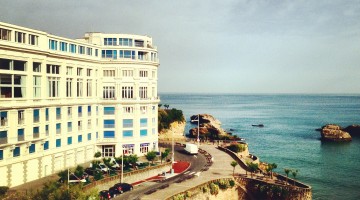



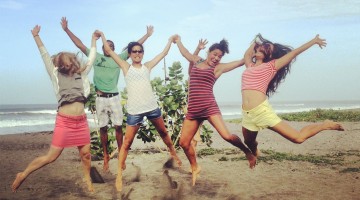
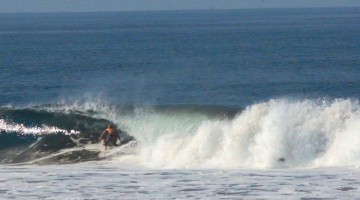


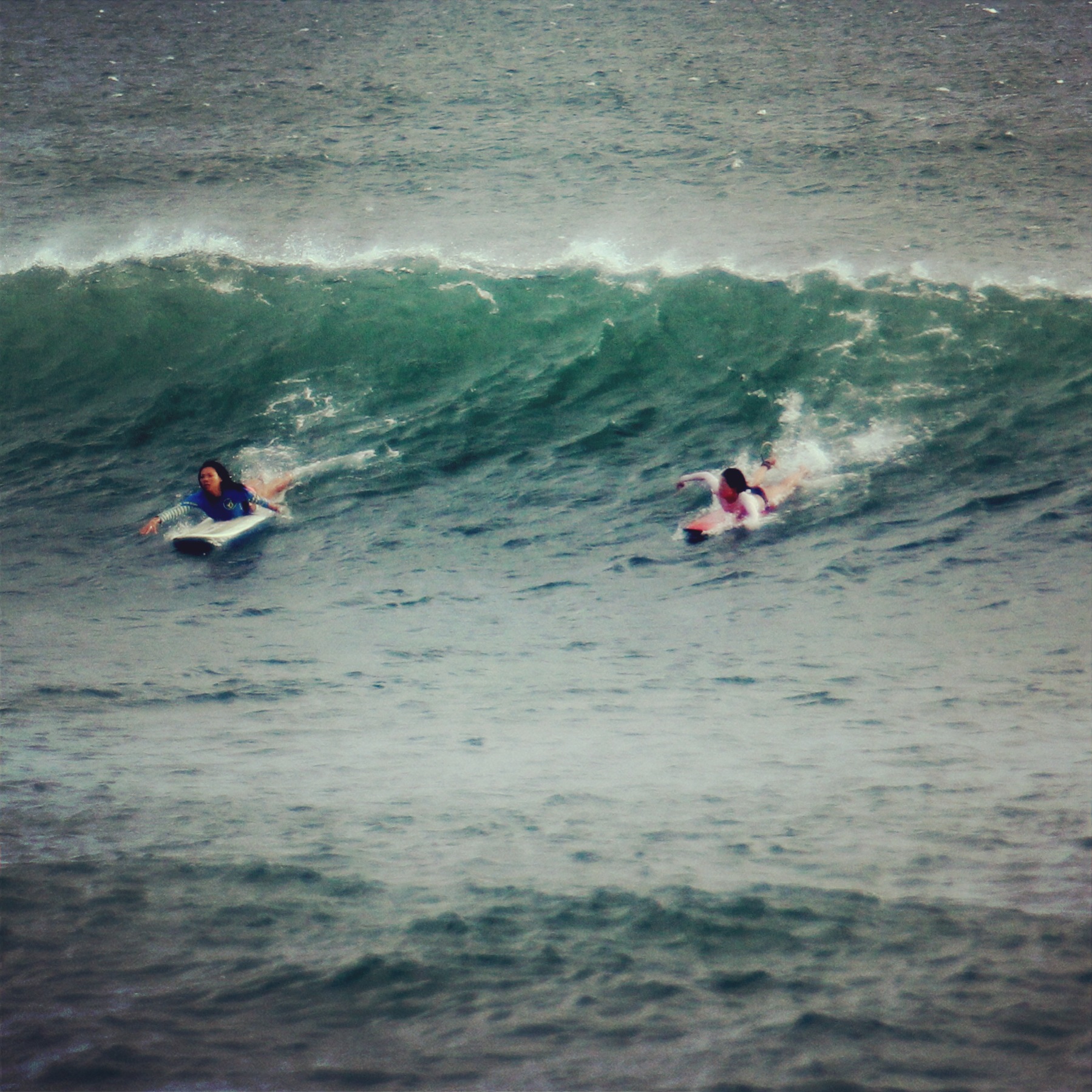


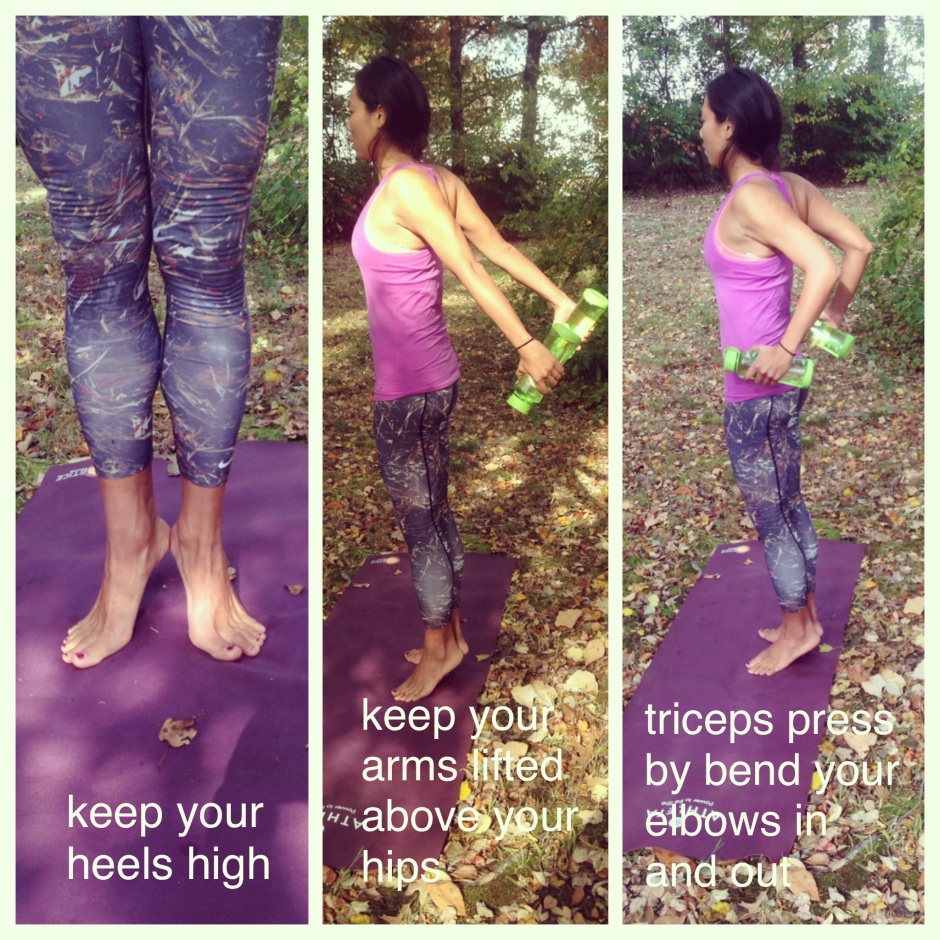

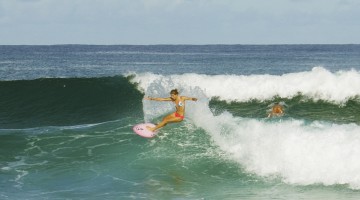

No Comment